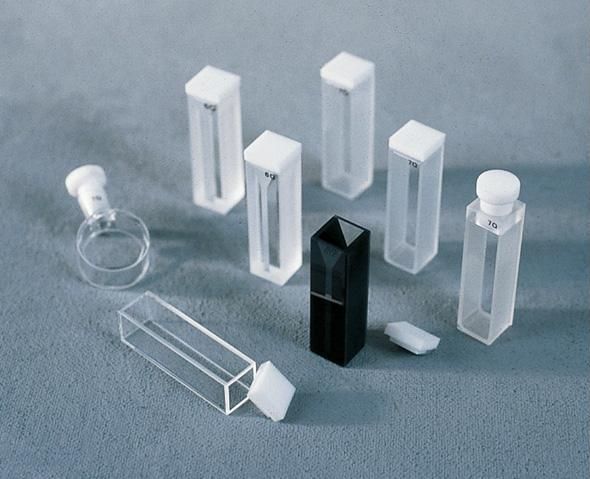UV-vis-NIR cuvettes
REFLEX Analytical’s UV-vis-NIR cuvettes and cells are designed from UV quartz, IR quartz, and glass materials.

REFLEX Analytical’s UV-vis-NIR cuvettes and cells are designed from UV quartz, IR quartz, and glass materials. According to the company, the cuvettes are assembled by direct fusion, ensuring resistance to chemical attack and extremes of temperature, and are available with fitted covers, plugs, screw caps, anaerobic screw caps, and graded seals.
REFLEX Analytical Corporation, Ridgewood, NJ www.reflexusa.com
New Spectroscopy Method Shows Promise for Detecting Olive Oil Fraud
November 12th 2024Researchers from the University of Cordoba have validated a novel spectroscopy technique to help distinguish between extra virgin and virgin olive oils. This approach could support existing panel-based tests, which are often slow, costly, and subjective, by providing a faster, non-destructive screening option.
Unlocking Catalytic Insights with UV–vis–NIR Absorption Spectroscopy
October 21st 2024A new review highlights the use of ultraviolet–visible–near infrared (UV–vis–NIR) absorption spectroscopy in studying catalytic processes. The research discusses how this technique uncovers reaction mechanisms, structural properties, and reaction kinetics, particularly in heterogeneous and photocatalysis, and explores its potential for broader applications.
Unlocking the Power of Hyperspectral Imaging: A Game-Changer for Agriculture, Medicine, and More
October 15th 2024Hyperspectral imaging (HSI) is revolutionizing fields such as agriculture, food safety, and medical analysis by providing high-resolution spectral data. This emerging technology is proving invaluable in diverse applications, including plant stress detection, weed discrimination, and flood management. A new review explores HSI’s fundamental principles, applications, and future research directions.
New Hyperspectral Imaging Database Enhances Human Skin Research
October 14th 2024Researchers from the University of Minho (Portugal) have developed a hyperspectral imaging database of human facial skin, aimed at improving various scientific applications such as psychophysics-based research and material modeling. The database includes 29 participants with diverse skin tones, providing detailed spectral reflectance data under controlled conditions.